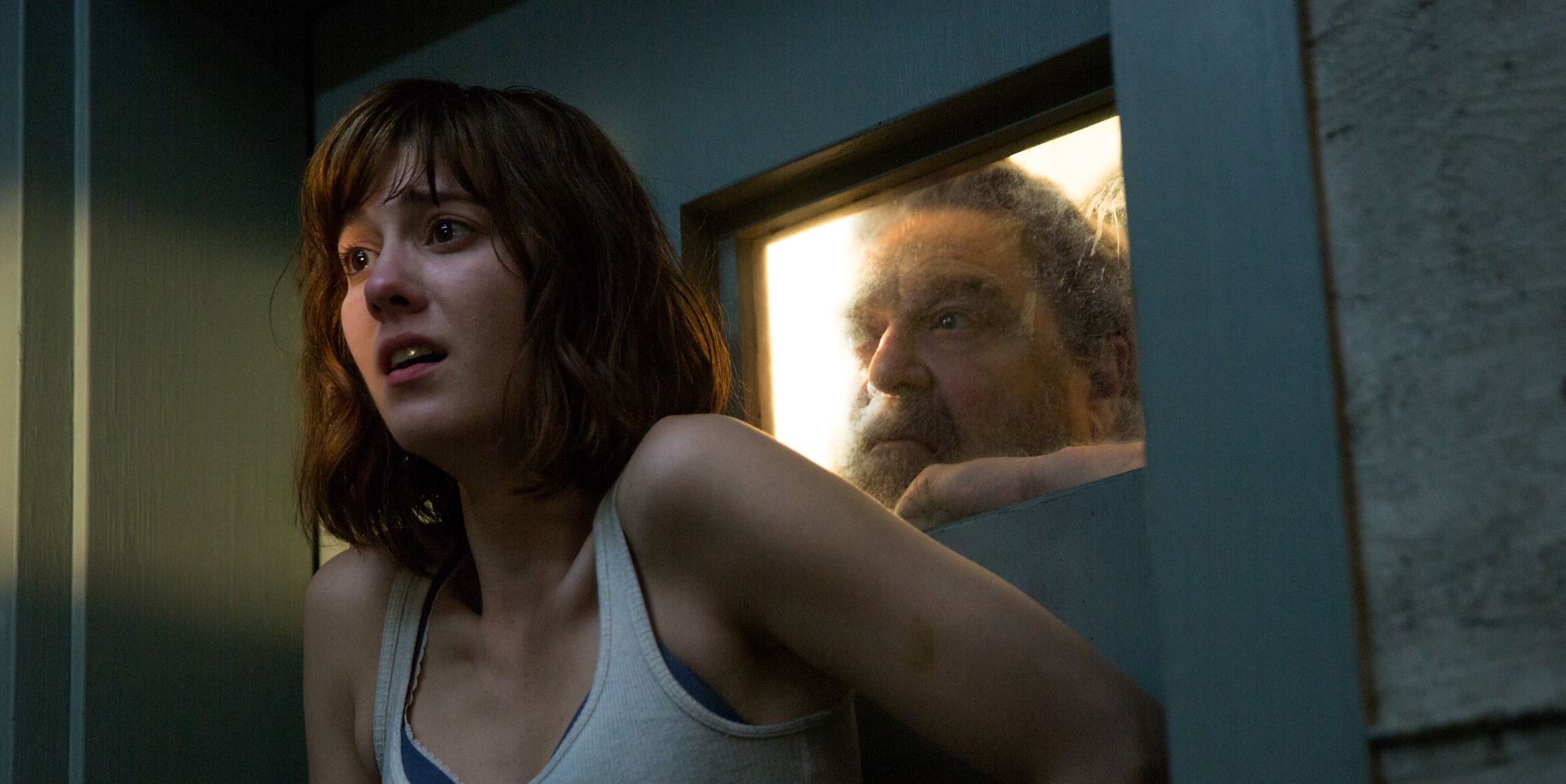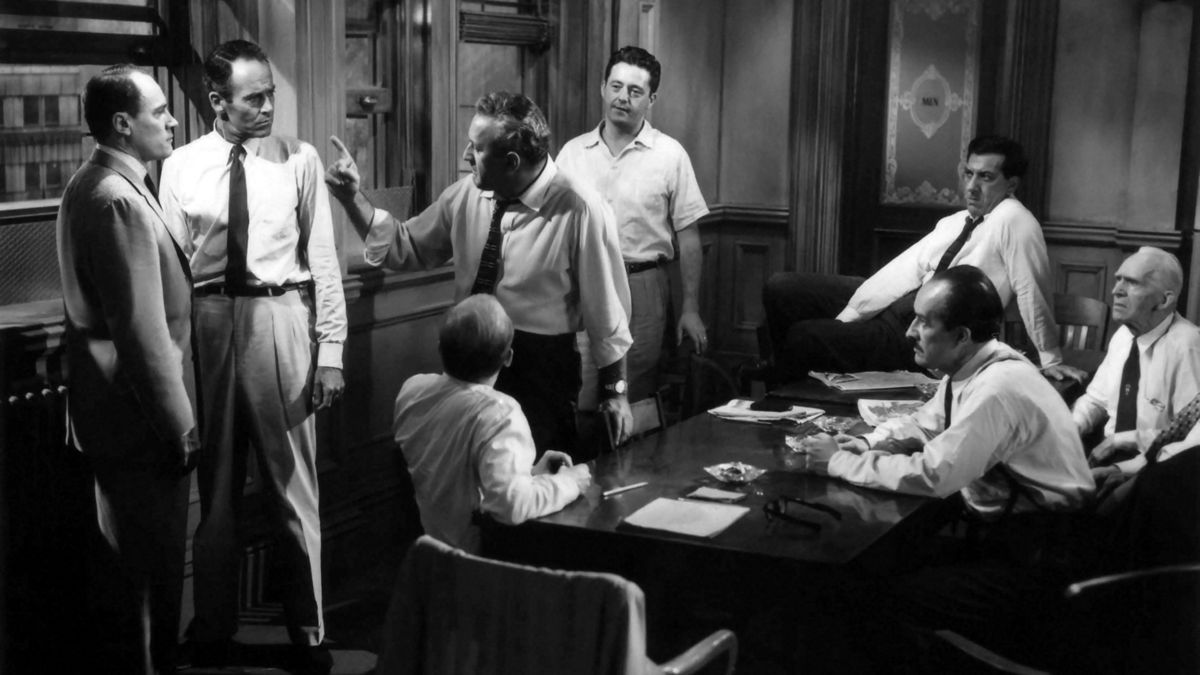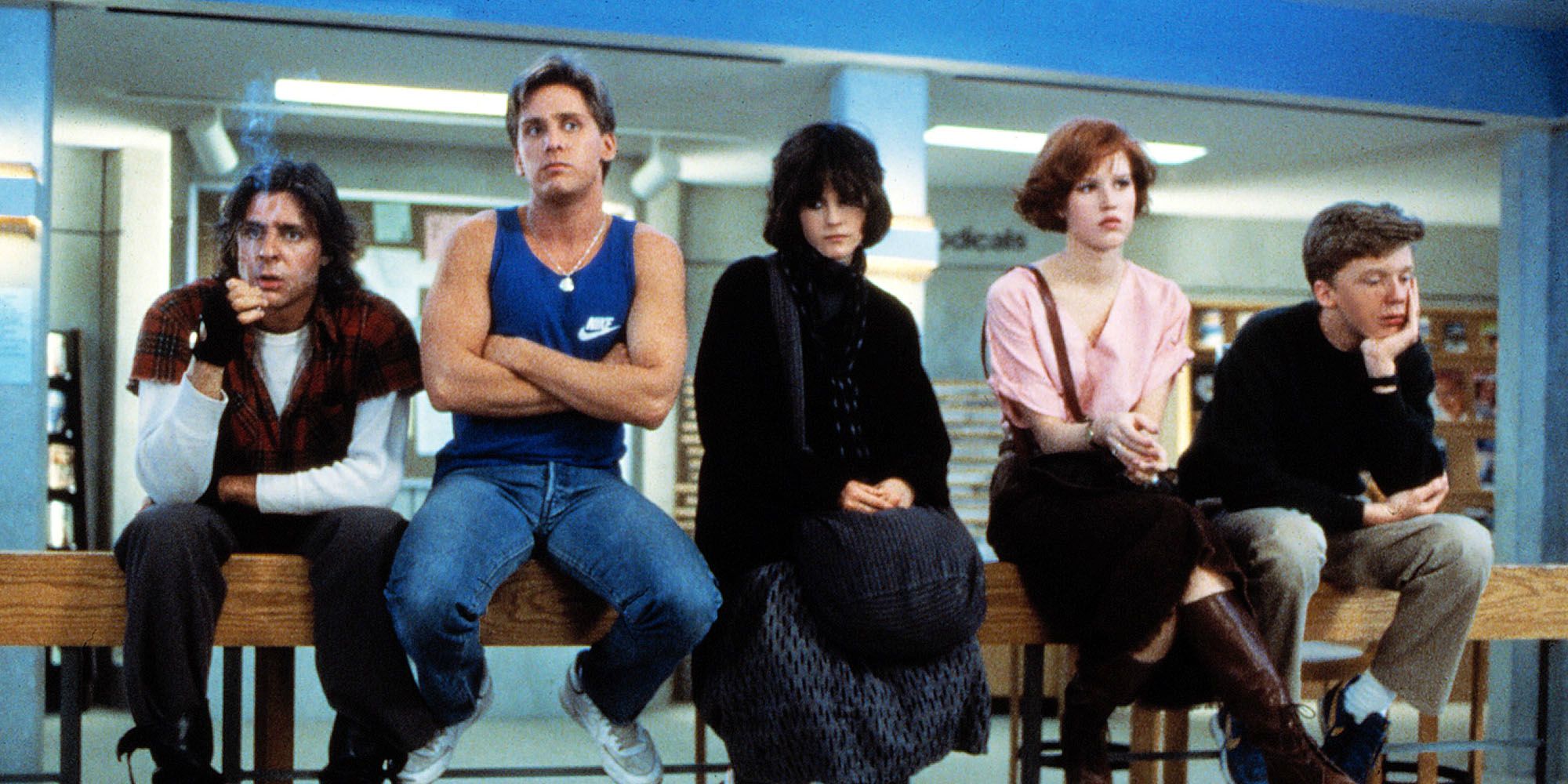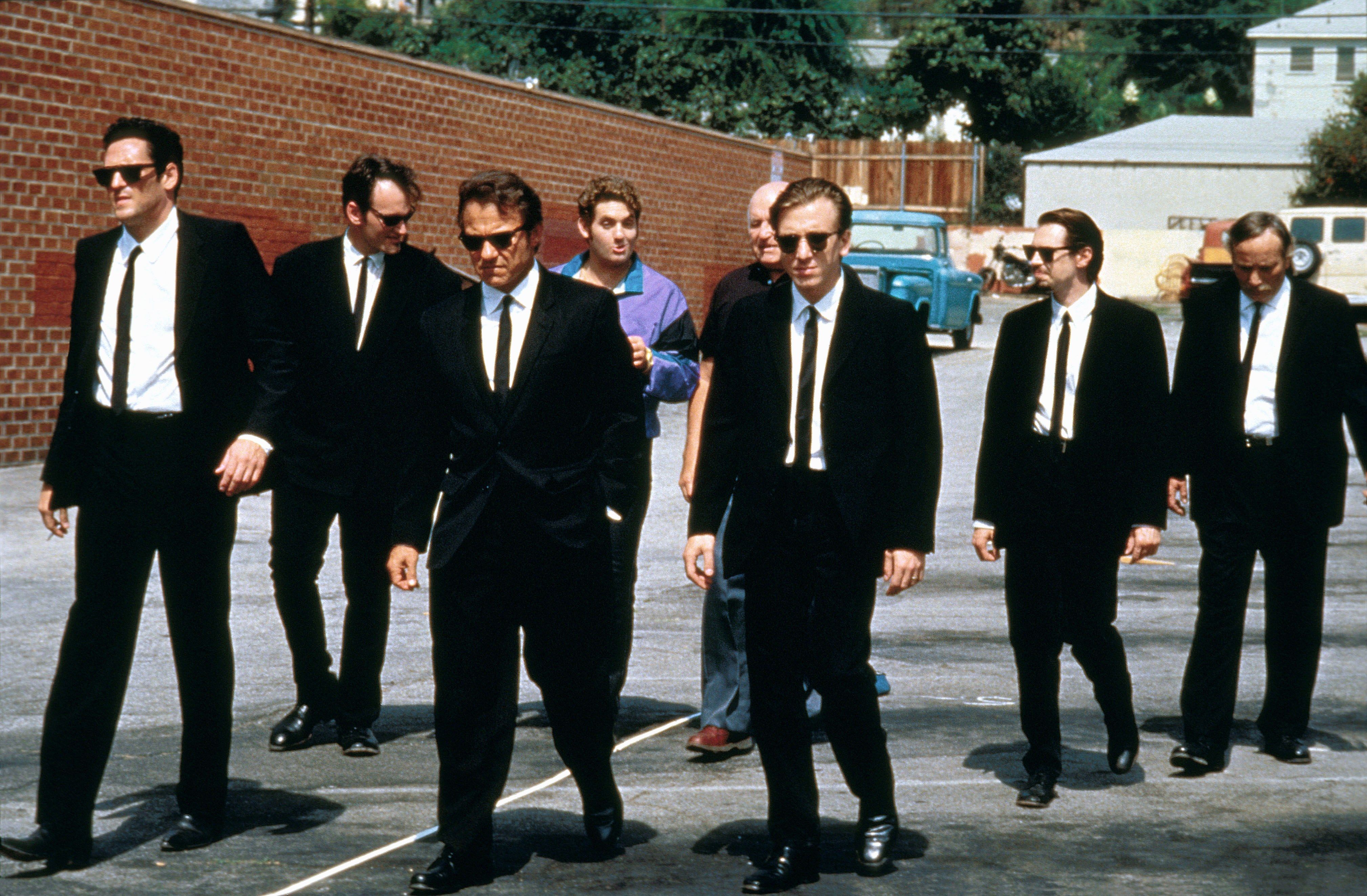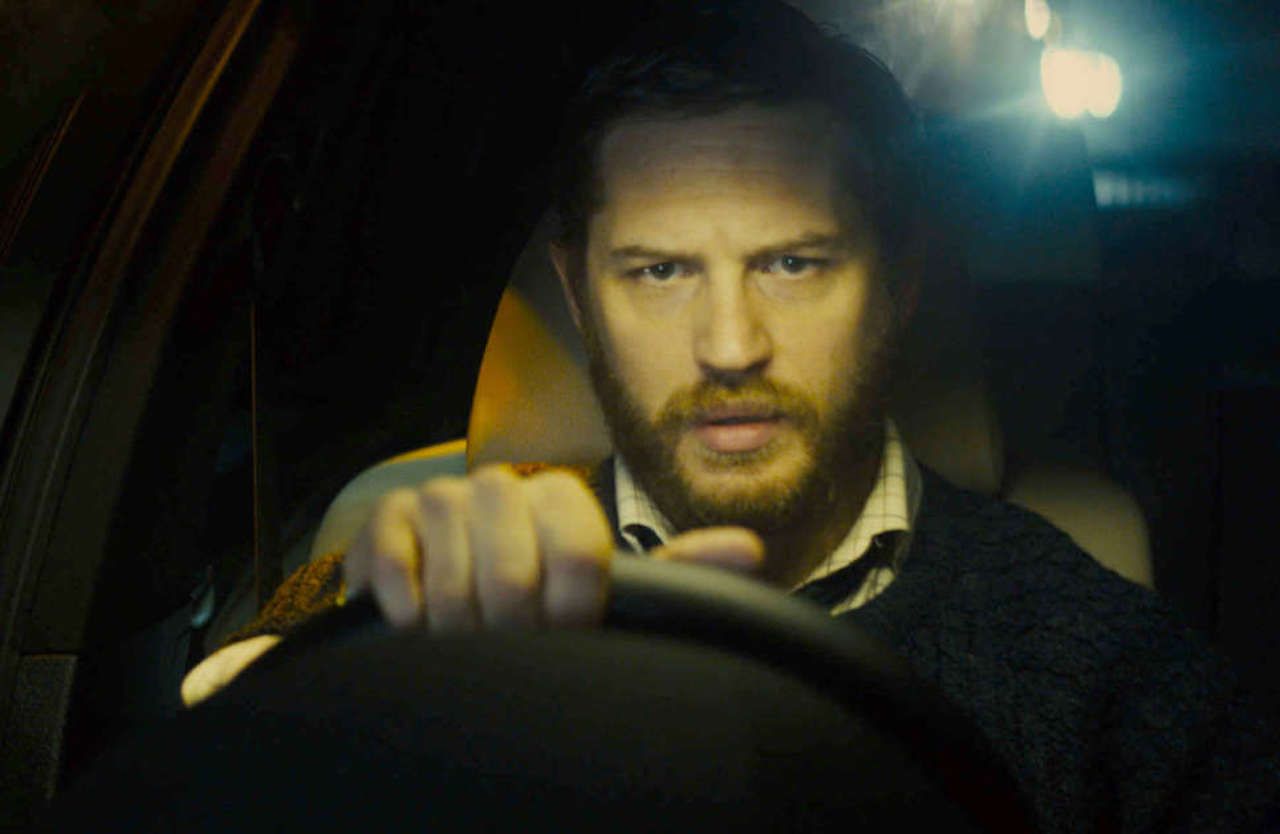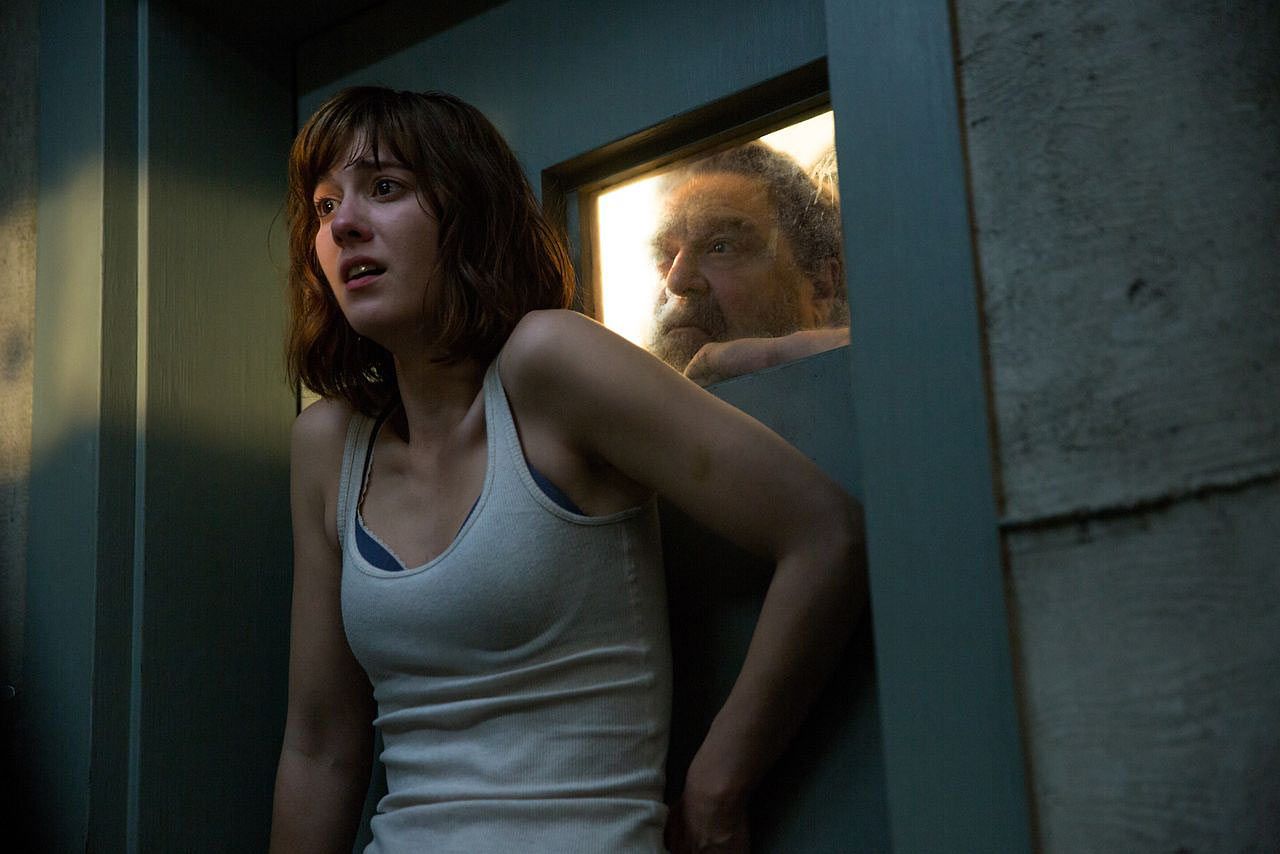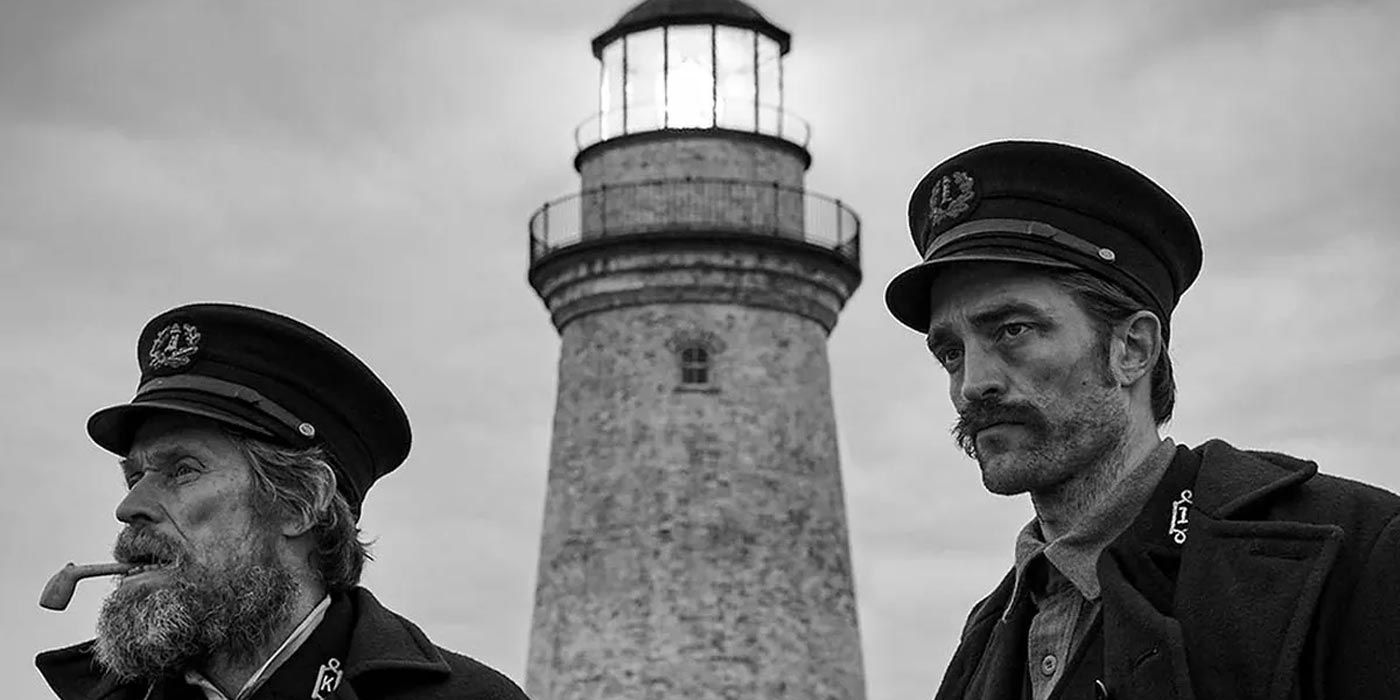We all know that isolation can be nerve-wracking and monotonous. To give you some solace though we’d also kindly like to remind you that there have been plenty of great movies that gained huge narrative weight from setting their narrative primarily in one location. Below we’ve listed some of our favorite movies to make economical use of sets, and were all the better because of it!
Rope (Alfred Hitchcock, 1948)
Alfred Hitchcock’s adaptation of Patrick Hamilton’s play is about as intense as chamber pieces get. Focusing on a duo of Harvard pupils that murder their classmate in an attempt to prove their superiority to their professor (James Stewart), Rope is a thriller in the most Hitchcockian sense. Set entirely inside the apartment of the two young killers, we see them host a party for friends and colleagues, all blissfully unaware that the corpse of their classmate is in the wooden chest on full display! Shot and edited to look like it was filmed in one take (it's actually composed of 10 shots), Rope is often considered one of the director’s most experimental films, and its powerful conclusion makes supreme use of the build-up.
12 Angry Men (Sidney Lumet, 1957)
Sidney Lumet had a long and lauded career as a filmmaker. His debut feature is still often considered among his very best. A courtroom drama that focuses on a group of 12 individuals trying to reach a verdict in a murder trial, the film has been applauded for its understanding of human complexities. Shot almost entirely in the same room, the film still carries a stirring intensity thanks to the fiery acting and dialogue, as well as Lumet’s hyper-focused directing. 60 years after its release, it’s still one of cinema’s richest and most provocative courtroom dramas.
The Breakfast Club (John Hughes, 1985)
It’s a little ironic that The Breakfast Club has been a teen favorite for at least two generations now, yet it’s about a Saturday detention. Then again, maybe that isn’t all that weird, as such an environment allowed ample dynamic for its five characters, that are all representative of different “cliques” in high school. Just like 12 Angry Men, the movie explores how different personalities can come together over a common thread, making for universal themes about friendship and maturation. The Breakfast Club is a teen movie we won’t ever forget (and we’re not just talking about that Simple Minds song).
Reservoir Dogs (Quentin Tarantino, 1992)
Just like Sidney Lumet, Quentin Tarantino’s directorial debut was a film light on sets, but high on energy. Reservoir Dogs is still one of the director’s most unorthodox films, as it’s a heist picture that doesn’t include a heist scene. The piercing dialogue, dark humor and tricky character development more than make up for the lack of traditional heist movie tropes. One of the most vicious films in Tarantino’s oeuvre, its resourceful script and compact running time might also make it his most satisfying.
Locke (Steven Knight, 2013)
Tom Hardy has proven time and time again that he can single-handedly carry a film, but Locke answered the question of whether he could carry a film where he’s literally the only on-screen character! The answer? A resounding yes! Focusing on a construction foreman’s car ride on a particularly gloomy night, the title character’s life begins to fall apart as he makes a series of phone calls. Ultra-minimalist in its design, Locke still manages to be an emotional rollercoaster, thanks to Hardy’s committed performance, sharp editing and directing.
10 Cloverfield Lane (Dan Trachtenberg, 2016)
The J.J. Abrams produced monster movie Cloverfield was a surprise hit that spearheaded an influx of found-footage genre films. Fans had to wait eight years for a sequel to arrive, but 10 Cloverfield Lane wasn’t anything like what fans expected. Abandoning the found-footage gimmick of the original, the movie is mostly set within an underground shelter. Mary Elizabeth Winstead stars as a young woman captured by a stranger who claims that he’s protecting her from some kind of recent attack. From there, the film only gets stranger. Of all the films on this list, this one best reflects the anxieties of the world’s current state.
The Lighthouse (Rober Eggers, 2019)
Last year’s hallucinatory horror film was a cinematic tour-de-force built around the harrowing effects of isolation. Shot in lucid black-and-white, the film’s plot charts two 18th century lighthouse keepers and their descent into madness. Its macabre imagery, ranging from dismembered corpses to mermaid sex, is somehow undeniably beautiful. Often feeling like some sort of lost H.P. Lovecraft story, The Lighthouse is one of the most psychologically evocative genre pictures in recent years, in no small part because of its small but meticulous environment.

